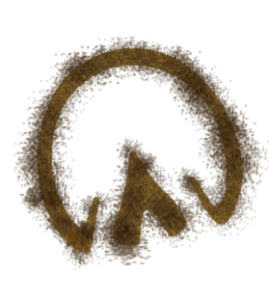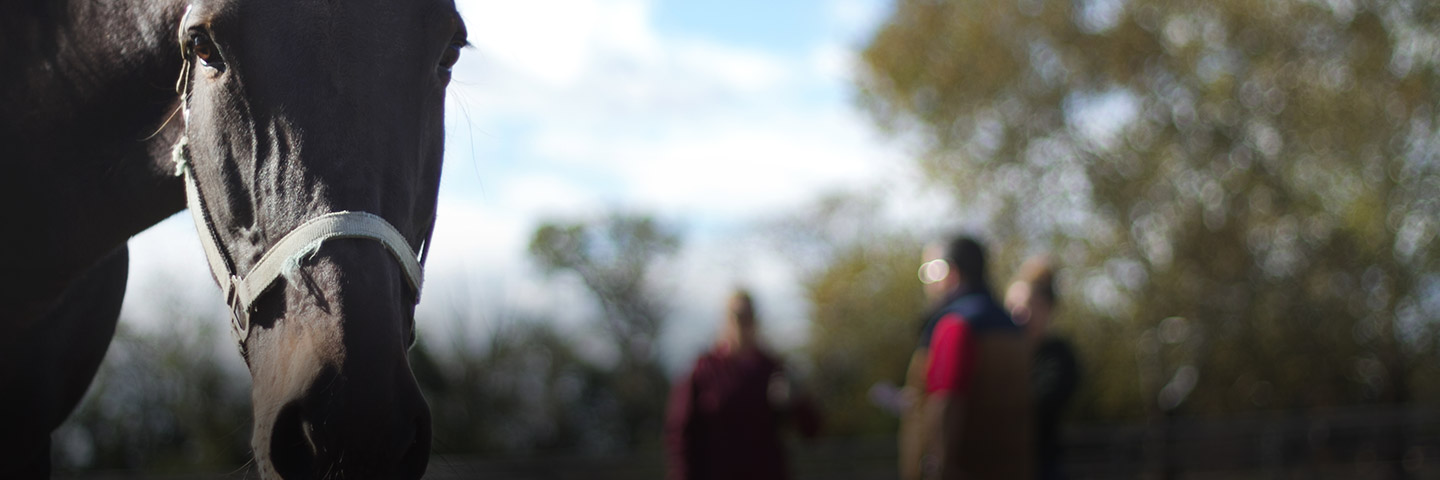Hay everyone!
Hope y’all had a good Thanksgiving! We’re sticking with the history theme this week, but we’re going back a lot further than football! One of our friends at the Equine Science Center found a cool exhibit at the Harvard Museum of Natural History that showcased the evolution of horses. Let’s see what she learned!
Horses are part of a group of mammals called “ungulates,” or hooved mammals. Some of our friends at the farm belong to this group too, like sheep, cows, and goats. Specifically, horses belong to the “Perissodactyla” subgroup which includes animals with an odd number of toes, including rhinos and tapirs. These animals evolved throughout the Cenozoic period, beginning about 66 million years ago.
Horses themselves have about a 55-million-year evolutionary history, beginning with the Orohippus. These first animals would hardly be recognized as horses! They were small forest-dwellers that browsed the environment for seeds, fruit, and leaves. The Mesohippus was another type of browsing horse, but it was a bit larger and had feet specialized for running. These browsing horses were the predecessors of the more recognizable grazing horses.
About 24 million years ago, the climate began to change. Forests slowly became open grasslands, allowing the horse to rapidly diversify to survive in these different surroundings. A transitional horse, Parahippus, emerged with some adaptations for these conditions. They had a much larger middle toe supported by springy ligaments that bore the majority of their weight. Merychippus continued to specialize for life on the hard ground of grasslands and were the ancestor of the modern horse. They sported similar features to horses today, including long and streamlined limbs, elongated feet, and cheek teeth specialized for grinding tough grasses.
About 5 million years ago, Equus emerged as the species highly adapted for life on open plains. This grazing horse had very durable, high-crowned teeth optimal for a diet consisting almost entirely of grasses. They were built for speed with long limbs that ended in a single toe. Sound familiar? All horses here today are part of the Equus group of mammals!
The evolutionary path to the modern horse was quite complex! Many different species branched off from the common ancestor and thrived for millions of years. Now, Equus is the only surviving member of this group of mammals.
Until next time.
Your friend,

Lord Nelson

